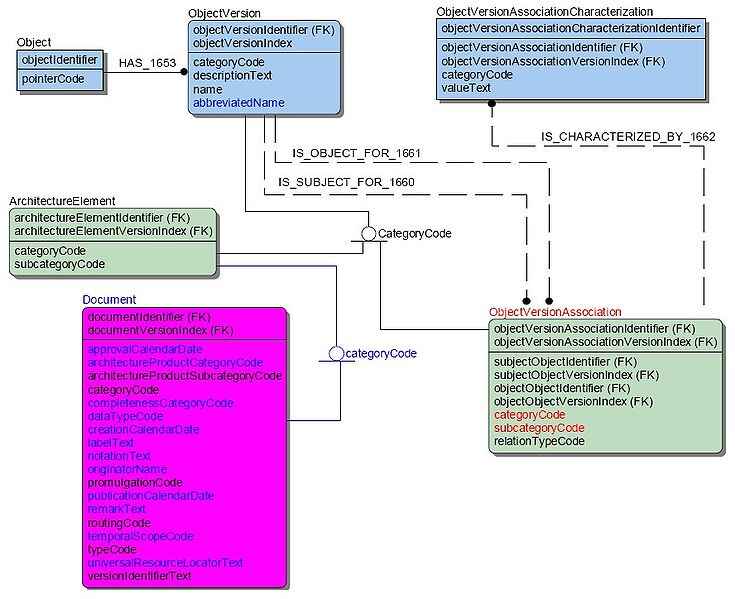Data Management System Meaning, Functions, Types, Examples, Importance
Data management system is a relational or non relational framework that enables users to store, retrieve, and modify data within a simplified and secure model.
This article discusses data management system, types, examples, and importance, as outlined below;
-Functions and Role of Data Management System
-Types of Data Management Systems
-Examples of Data Management Systems
-Importance of Data Management System
Functions and Role of Data Management System
The role of data management system is to coordinate all procedures and processes involved in the management of data in a given database.
Functions of data management systems include;
1). Data collection
2). Data storage
3). Data transformation and modification
4). Data retrieval and recovery
5). Database security management
6). User access regulation
7). Database integration
Due to their ability to perform these functions, data management systems are an essential component of all data-dependent technologies involving artificial intelligence, smart devices, and internet of things [3].
Types of Data Management Systems
The two main types of data management systems are;
1). Relational Data Management System
Relational data management system is a type of DMS that manages data using a relational model or database framework.
This model arranges data based on similarities in attributes such as source and application, so that elements of a given dataset may be arranged on a common table.
The relational data management system works as a tool for manipulating, modifying, integrating and retrieving data from the database.
An example of a relational database is MySQL database [1]. Other examples include; Oracle database, SQLite, IBM DB2, and Microsoft SQL Server.
The term data management system can often be used interchangeably with database management system (DBMS), especially when discussing relational and non-relational models.

Types of Data Management Systems: Relational DMS (Credit: Booyabazooka 2008)
2). Non-Relational Data Management System
Non relational data management systems are those which are not designed to organize data into tabular columns and rows, as is the case for relational DMS [2].
Rather than the tabular approach, non relational data management systems organize data into multiple sets that are linked to each other based on operational or characteristic relationships, where necessary. In a diagram, this can be represented by various data units with lines or dots linking related units, depending on the level of connection.
Also referred to as NoSQL data management system, this type is suited for data with a very high level of heterogeneity and complexity, such as real-time big-data sets.
Examples of NoSQL data management systems are; IBM Cloudant, MongoDB, and Oracle NoSQL.

Types of Data Management Systems: Non-Relational DMS (Credit: DoDAF 1.5 Volume 2 2003)
Examples of Data Management Systems
Examples of data management system software are;
1). MySQL
2). Microsoft Access
3). Apache Cassandra
4). Amazon RDS
5). Oracle RDBMS
6). IBM DB2
7). PostgreSQL
Importance of Data Management System
The importance of data management systems includes;
1). Accuracy enhancement and error minimization
2). Improved security of data
3). Efficient data manipulation
4). Optimization of productivity
5). Effective data sharing and integration in real time
Generally, a data management system is important because it plays the role of a mediator between users and datasets, and regulates data storage, access, and handling. This ensures that large amounts of data can be managed with minimal risk, and is very helpful for data-dependent decision making.
Conclusion
Data management system is any tool or software that is designed to store, classify, protect, modify, and control access to various kinds of datasets.
The role of data management system includes functions like; data collection, storage, modification, retrieval, security, access-regulation, and database integration.
The two main types of data management systems are; relational and non relational systems.
Examples of data management systems are; MySQL, Microsoft Access, Apache Cassandra, Amazon RDS, Oracle RDBMS, IBM DB2, and PostgreSQL.
The importance of data management systems includes; accuracy enhancement, improved data-security, efficient data manipulation, productivity optimization, and effective data sharing/integration.
References
1). Matallah, H.; Belalem, G.; Bouamrane, K. (2021). "Comparative Study Between the MySQL Relational Database and the MongoDB NoSQL Database." International Journal of Software Science and Computational Intelligence 13(3):38-63. Available at: https://doi.org/10.4018/IJSSCI.2021070104. (Accessed 5 March 2023).
2). Saaeed, N.; Abed, A. (2020). "Big Data With Column Oriented NOSQL Database To Overcome The Drawbacks Of Relational Databases." Available at: https://doi.org/10.35444/IJANA.2020.11057. (Accessed 5 March 2023).
3). Shirvanian, N.; Shams, M.; Rahmani, A. M. (2022). "Internet of Things data management: A systematic literature review, vision, and future trends." International Journal of Communication Systems 35(14). Available at: https://doi.org/10.1002/dac.5267. (Accessed 5 March 2023).
